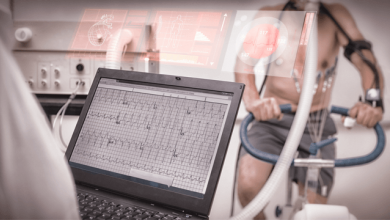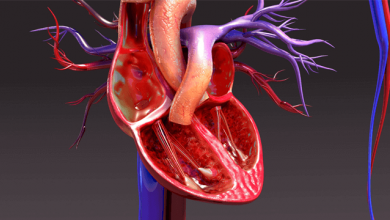Search results
Author(s):
Julio A Chirinos
,
Nancy Sweitzer
Added:
3 years ago
Detailed phenotyping of ventricular–arterial coupling (VAC) and systemic arterial haemodynamics provide important insights into the pathophysiology of left ventricular (LV) energetics, remodelling and fibrosis, and systolic and diastolic dysfunction in various disease states including heart failure with reduced ejection fraction (HFrEF) and heart failure with preserved ejection fraction (HFpEF).1…
View more
Author(s):
Mauro Gori
,
Attilio Iacovoni
,
Michele Senni
Added:
3 years ago
Despite the burden of heart failure (HF) with preserved ejection fraction (HFpEF),1 its pathophysiological mechanisms remain controversial and are likely to be multifactorial.2,3,4 The lack of a comprehensive paradigm applicable to all patients suggests that haemodynamic derangements responsible for this disorder may be quite heterogeneous. As recently highlighted, haemodynamic features of HFpEF…
View more
Author(s):
Sriram D Rao
,
Srinath Adusumalli
,
Jeremy A Mazurek
Added:
4 years ago
Heart failure (HF) remains one of the most common medical conditions worldwide, placing a continuously growing burden on healthcare providers. Within the HF population itself, the subset of patients who develop pulmonary hypertension (PH-LHD) has been identified as having a significantly higher morbidity and mortality.1 There are limited therapeutic options for PH-LHD and it often complicates the…
View more
Author(s):
Medhat Soliman
,
Nizar Attallah
,
Houssam Younes
,
et al
Added:
2 years ago
Author(s):
Erik H Van Iterson
Added:
3 years ago
The maximal exercise oxygen uptake (VO2 max) response physiologically reflects the clinical status of patients with low-output left heart failure (HF). The failure of VO2 max to rise above 12 ml/kg/min is a hallmark of deteriorated clinical status, impaired oxidative metabolic capacity and indicates advanced medical therapy is required to prolong life.1,2 The continuous-flow left ventricular…
View more
Author(s):
Tania Deis
,
Kasper Rossing
,
Finn Gustafsson
Added:
1 year ago
Author(s):
Vineet Agrawal
,
Kelly A Costopoulos
,
Mohammed Chowdhary
,
et al
Added:
2 years ago
Author(s):
Syed Yaseen Naqvi
,
Ibrahim G Salama
,
Ayhan Yoruk
,
et al
Added:
3 years ago
Heart failure is a progressive and fatal disease that affects more than 23 million people worldwide, and will affect more than 8 million people in the USA by 2030.1,2 Despite major advancements in medical and device treatments for heart failure in recent decades, the incidence of heart failure continues to rise. This epidemic has a major impact on patient quality of life, while imposing heavy…
View more
Author(s):
Federica Jiritano
,
Valeria Lo Coco
,
Matteo Matteucci
,
et al
Added:
3 years ago
Cardiogenic shock (CS) is a circulatory failure as a consequence of left, right or biventricular dysfunction.1 It leads to critical end-organ hypoperfusion due to primary cardiac dysfunction.1 Therefore, CS is not only a cardiac disease but also a multiorgan dysfunction syndrome involving the entire circulatory system, often complicated by a systemic inflammatory response syndrome.2 The goals of…
View more
Author(s):
Mattia Arrigo
,
Lars Christian Huber
,
Stephan Winnik
,
et al
Added:
3 years ago
In 1616, Sir William Harvey was the first person to describe the importance of right ventricular function.1 However, the right ventricle (RV) has received little attention in the past, with cardiology dealing mostly with the diseases of the left ventricle (LV) and their potential treatment. Since the early 1950s, however, the prognostic significance of RV function has been recognised in several…
View more
















